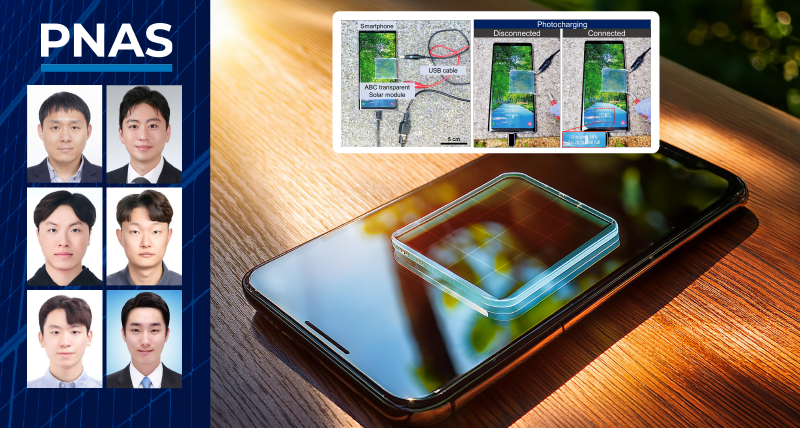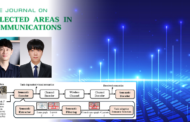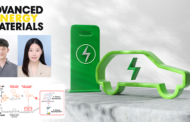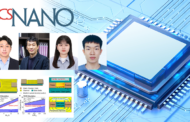A technology that can directly charge a battery from a smartphone screen has emerged. A research team, affiliated with UNIST has unveiled a method of supplying energy directly from glass of buildings, cars, and mobile devices through transparent solar cells.
Professor Kwanyong Seo and his research team in the School of Energy and Chemical Engineering at UNIST introduced a new type of transparent solar cell and module with high efficiency while maintaining glass-like colorless and transparent properties. It has secured colorless and transparentness by introducing an ‘all-back-contact’ design that places all the components of the solar cell on the back. It has achieved high efficiency and aesthetics that transparent solar cells must have at the same time.
The research team developed Seamless Modularization technology that eliminates gaps between devices without using metal wires. In the existing modularization method, the gap between devices and opaque metal wires have solved the problem of damaging the aesthetics of transparent solar cells.
The newly developed 16 cm²-sized transparent solar cell module has high efficiency ranging from 20% to 14.7% in transmittance while maintaining aesthetics similar to that of a single device. It has also succeeded in charging a smartphone using natural sunlight. It also proved the possibility that a screen of a small mobile device can be used as an energy source.
“This study fundamentally solved the aesthetic problem of the existing solar cell modularization method through the design of the new device structure,” said researcher Jeonghwan Park and Research Assistant Professor Kangmin Lee. “It presented the possibility that transparent silicon solar cells can be used in various industries such as small devices as well as buildings and automobile glass.”
Professor Seo said, “We have opened a new path for modularization research, which is essential for commercialization of transparent silicon solar cells,” and added, “We plan to continue further research so that transparent solar cells can become a key technology in the eco-friendly future energy industry.”
The research was published in the international journal Proceedings of the National Academy of Sciences (PNAS) on August 7, 2024. The research was carried out with the support of the Korea Institute of Energy Technology Evaluation and Planning (KETEP) and the equipment and facilities of the UNIST Central Research Facilities (UCRF).
Journal Reference
Jeonghwan Park, Kangmin Lee, Jungtaek Lee, et al., “All-back-contact neutral-colored transparent crystalline silicon solar cells enabling seamless modularization,” PNAS, (2024).












